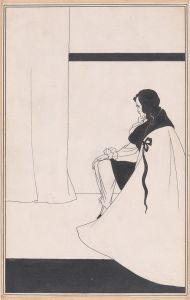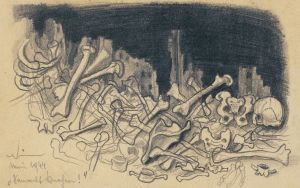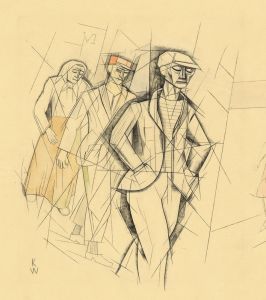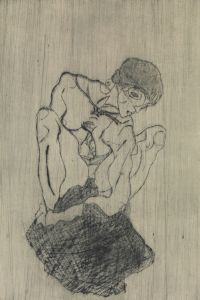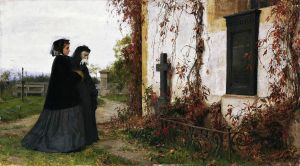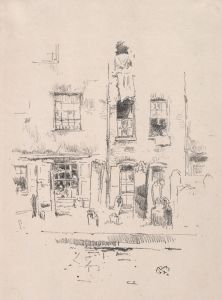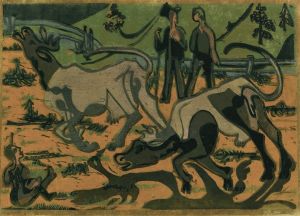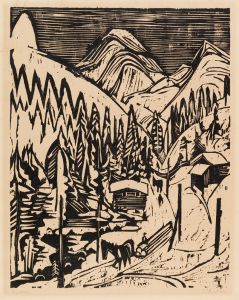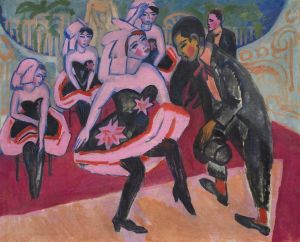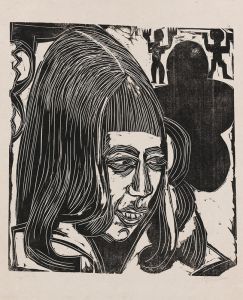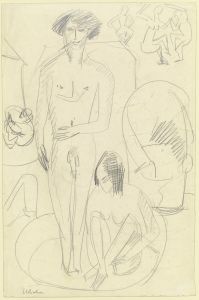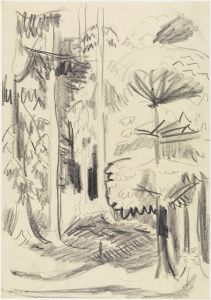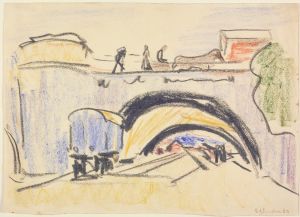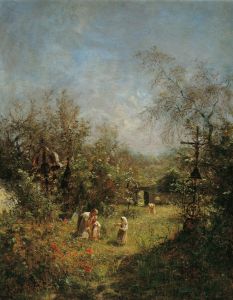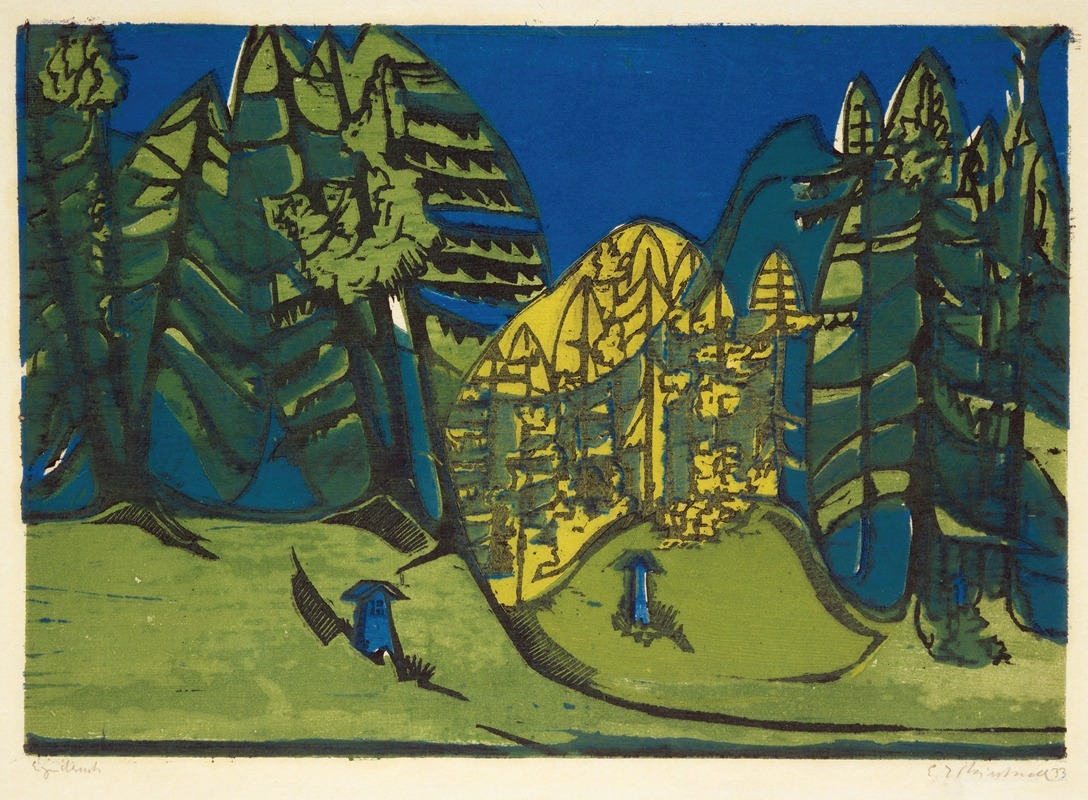
Waldfriedhof
A hand-painted replica of Ernst Ludwig Kirchner’s masterpiece Waldfriedhof, meticulously crafted by professional artists to capture the true essence of the original. Each piece is created with museum-quality canvas and rare mineral pigments, carefully painted by experienced artists with delicate brushstrokes and rich, layered colors to perfectly recreate the texture of the original artwork. Unlike machine-printed reproductions, this hand-painted version brings the painting to life, infused with the artist’s emotions and skill in every stroke. Whether for personal collection or home decoration, it instantly elevates the artistic atmosphere of any space.
Ernst Ludwig Kirchner was a prominent German expressionist painter and one of the founding members of the artist group Die Brücke (The Bridge), which played a pivotal role in the development of modern art in the early 20th century. Kirchner's work is characterized by its bold colors, dynamic compositions, and emotive intensity, often reflecting the psychological and social tensions of his time.
"Waldfriedhof" (Forest Cemetery) is one of Kirchner's notable works, though specific details about this painting, such as its creation date and current location, are not widely documented in public art historical records. Kirchner's oeuvre often includes themes of nature, urban life, and the human figure, rendered in a style that combines elements of primitivism and modernity. His work frequently explores the relationship between humanity and the natural world, a theme that may be reflected in a painting titled "Waldfriedhof."
Kirchner's artistic journey was deeply influenced by his experiences during World War I and his subsequent struggles with mental health. After serving in the military, he suffered a breakdown and was discharged. This period marked a significant shift in his work, as he began to explore more introspective and somber themes. The concept of a forest cemetery could align with these themes, symbolizing both the tranquility and the isolation of nature, as well as the cycle of life and death.
Throughout his career, Kirchner was deeply inspired by the landscapes of Germany and Switzerland. After moving to Switzerland in 1917, he found solace in the mountainous scenery, which became a recurring subject in his later works. The natural environment provided him with a sense of peace and stability, contrasting with the chaos of his earlier urban scenes.
Kirchner's style is marked by its expressive use of color and form. He often employed a vivid palette and dynamic brushwork to convey emotion and movement. His figures and landscapes are typically rendered in a way that emphasizes their emotional and psychological dimensions rather than their realistic appearances. This approach is consistent with the broader goals of the expressionist movement, which sought to convey subjective experiences and emotions rather than objective reality.
While specific information about "Waldfriedhof" is limited, it can be contextualized within Kirchner's broader body of work and the themes he explored throughout his career. His paintings often reflect a deep engagement with the natural world and a desire to capture the essence of human experience through bold and innovative artistic techniques.
Ernst Ludwig Kirchner's contributions to modern art have been widely recognized, and his works continue to be celebrated for their emotional depth and artistic innovation. His legacy is preserved in numerous museums and collections worldwide, where his paintings offer insight into the complexities of early 20th-century life and the enduring power of expressionist art.





